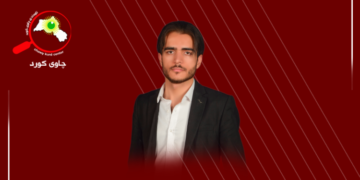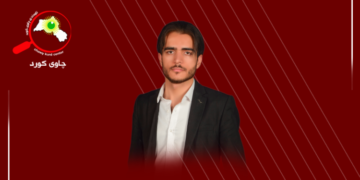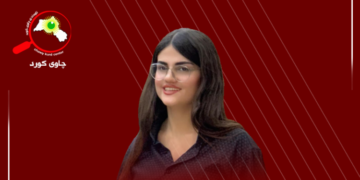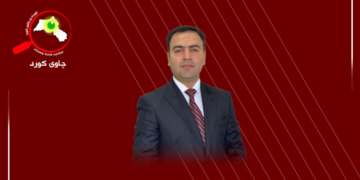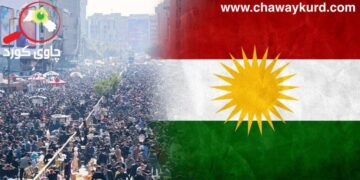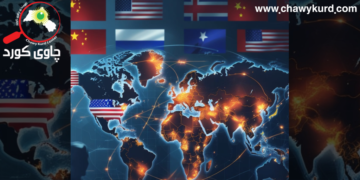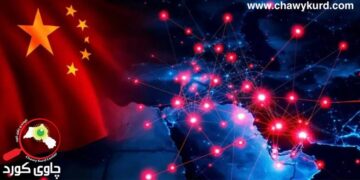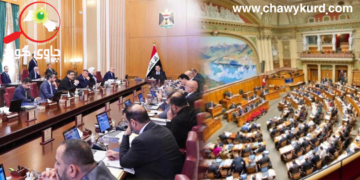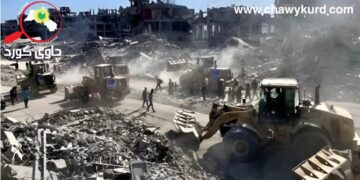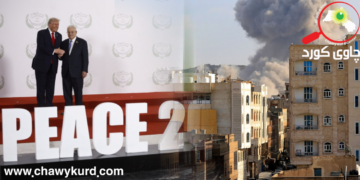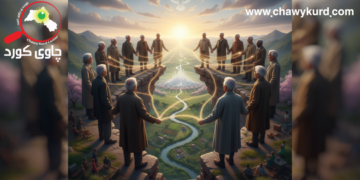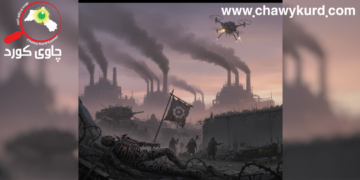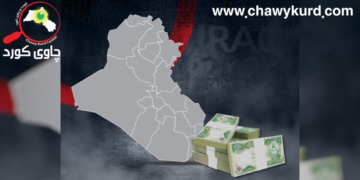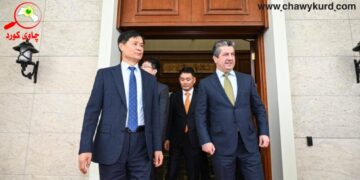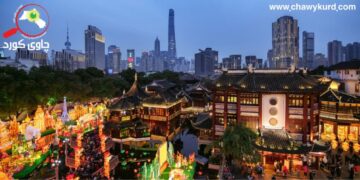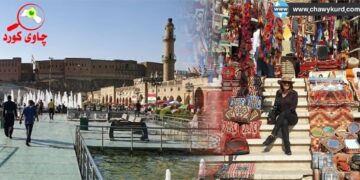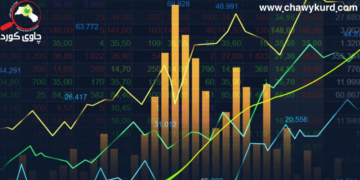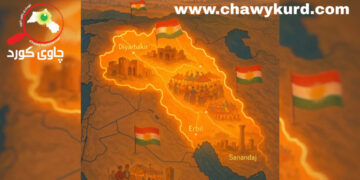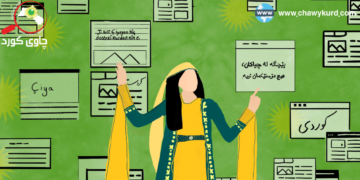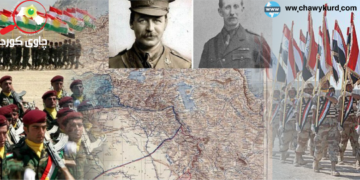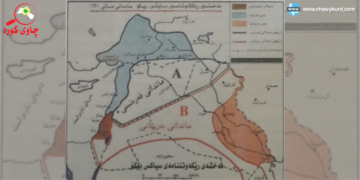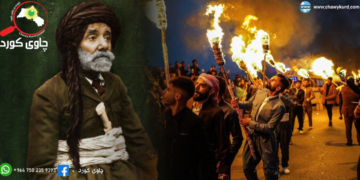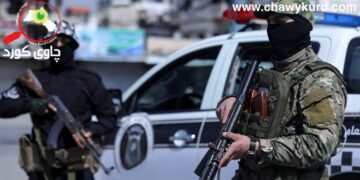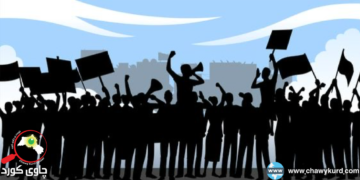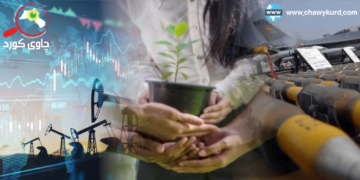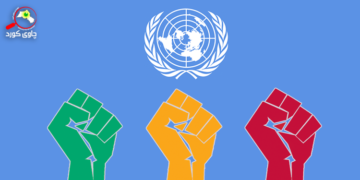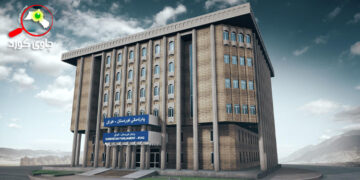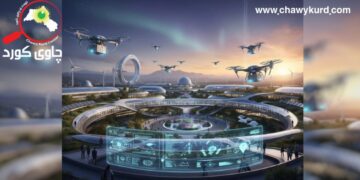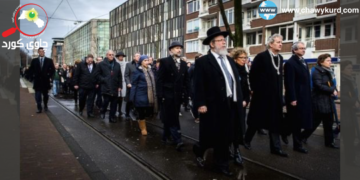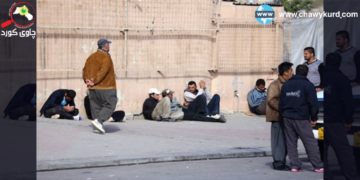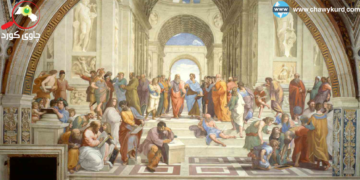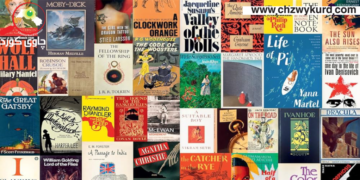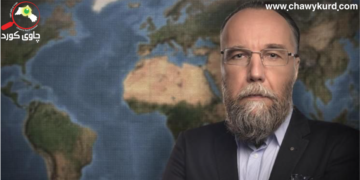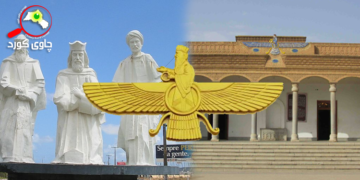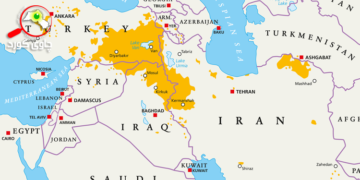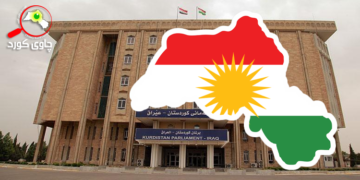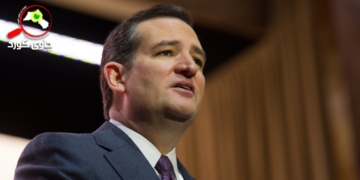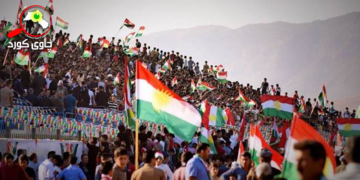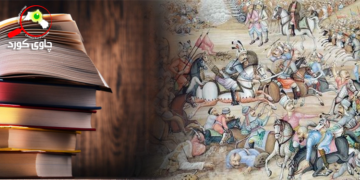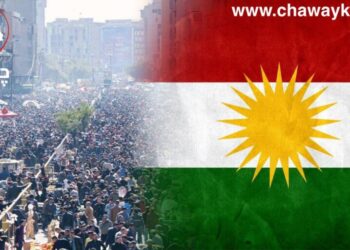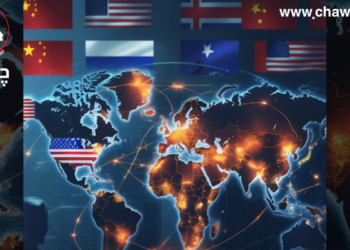Russia’s reappearance to the Middle East and Syria needs comprehensive and interpretive explanations, but at the time of Vienna’s arguments and possibility of a nuclear deal between the United States and Iran again brings new changes. Particularly at an era of Putin, which Russia adapts different missions and policies in its state’s strategy compared to the Soviet Union era in the region. The actions of Russian in this regards is much better than chess player.
At the same time, what the Western World did not assume in the 21st century was Donald Trump’s complex actions and policies to grasping Iranian authorities and using Syrian ground for full conflict of changes, which resulted in changing the region’s balances and damaging interests of its allies, particularly France in Syria and Lebanon.
In another meaning, Russia’s 45-year agreement on Port of (Tartus) in Syria in 2015 is considered as the first strategic and strengthen step by the Moscow government to return to the Middle East. In this move, Putin was able to close a door in front of the United States and Europe regards to “oil and gas triangle” (Iran, Iraq, and Syria) and also prevent any movement without Russia and Russia’s interests in the region.
The moves that Russia clogged were not only in the Middle East, but Putin was able to block any US and European efforts in Central Asia, Ukraine, Georgia and Libya. Moreover, he was be able to move as a Judo player and take advantage of the opportunity to block any project against Russia and its energy security.
******************
Russia’s goal in Syria and Lebanon
To understand Russia’s goal in Syria and Lebanon, at the same time, if it is read direction of Putin’s chess play, it is necessary to focus on three major energy projects in general and natural gas, particularly in the conflicted political and economic arenas of the United States and Russia, the projects include:
– South Gas corridor
– Gas line Project of Iran-Iraq-Syria
– East mid-pep line project
By focusing on a map of these three projects, it has occurred that a huge share of the 30-years conflicts in Syria, Lebanon, and Iraq is between the Russia in one side and the US and Europe on the other side. However, on the regional ranks, the conflicts between Iran and Turkey, which they continue to deepen and unfinished the problems have made territory of Iraq and Kurdistan Region as a center of their historical rivalry for natural gas projects.
The reappearance of the rivalry during the negotiations of the Iran nuclear agreement, and visit the French president to Iraq and the Kurdistan Region, an efforts of the regional countries to renegotiate with Syria, as well as Russia’s fruitful meetings in the Middle East, particularly in Lebanon, while Turkey’s games with the United States and Russia, Russia’s goals in Syria and Lebanon are explaining in the below points:
Russia is trying to build a gas corridor between Iraq and Lebanon through Syria, to prevent risks of its energy security and to keep on Europe’s main natural gas exporter. At that time, Russia is looking at the outcomes of US-Iran nuclear agreements in order to be able to use Iran or Turkey to achieve its target.
Russia is using Lebanon’s roads to escape from US sanctions on Syria and to keep Bashar al-Assad in power and to revive Syria’s economy. Regards to this, Putin has succeeded in strengthening relations and agreements with both the Lebanese sides (the Iranian side, the US-European side) in order to maintain a balance with Turkey and Iran.
Russia is using its movements in Syria and Lebanon to avoid US and European policies in Libya and Ukraine, and also for any Western demands in the two countries. These movements of Russia will oblige both US and Europe to allow and agree to Russia’s demands.
By depending on strengthening and maintaining diplomatic and economic relations with Israel, Greece, Egypt, Saudi Arabia, Qatar, Palestine and African countries (Sudan, Libya), Russia is preventing the East mid-pep line gas corridor, regards to its plan, Russia uses Turkey as its partner, while as Turkey has deprived from the project.
Result
The actions of the United States, Russia and Turkey during the Trump era on Syrian territory provide a new possibility for the future changes in the situations of Syria and Lebanon toward the direction of Russian politics, in a way that:
1.If the United States and Iran reach a nuclear agreement, Russia will depend on actions of agreements with Iraq, the Kurdistan Region and Lebanon in order to extend region’s energy line to the Lebanese ports such as Banias and Trebles.
2.If the United States and Iran do not reach an agreement, Russia can take advantage of Iran, Iraq and Syria’s gas and work with Iran through its relations with Hezbollah and the Syrian port of Tartus to export gas of states of Iran, Iraq, Syria and Lebanon. At that time, Russia is preventing the Arab gas project and the East mid pep line project.
3.At the time of increasing risks on Israel, Russia is a strong security fence to Tel Aviv to reduce Iran’s powers on the region. Additionally, the Russia of Putin-era is not the Soviet Union, because Putin is acting dissimilar the lefts, however, in one time, he has strong relations with Sunnis, Shias, Kurds and Israel in Europe, particularly Germany. It shows that he likes Judo chess players is acting, therefore, without Russia, no gas project in the region will succeed.
4.Russia of Putin-era is china’s chief partner, particularly in controlling Asian energy markets through Syria and Lebanon territory.

